New restrictions for motorists have been introduced in Dundee City Centre.
Dundee’s Low Emission Zone is legally enforceable from today (May 30).
The scheme targets older diesel and petrol vehicles that contribute most to rising carbon emissions and air pollution.
Drivers are now subject to the enforcement as a two-year grace period comes to a close.
The Scottish Government is driving forward low emission zones (LEZ) across Scotland’s largest cities as Dundee prepares to follow in Glasgow’s shoes.
So what do you need to know before you travel into the city centre?
Is my car banned?
Motorists of older vehicles risk facing fines for entering the city centre.
Diesel cars and vans which do not meet Euro 6 standards are barred.
Generally, this includes any vehicle registered before 2015 and most petrol vehicles older than 2006 are also be banned.
Buses, coaches and HGVs registered from 2013 are allowed to access the city centre, but not older ones.
Motorcycles and mopeds are exempt from the scheme and therefore allowed entry.
Electric cars can also enter the LEZ too, with most city taxis and Xplore Dundee running on electricity.
If you’re still in doubt about your wheels then this vehicle checker should help.
West End councillor Fraser Macpherson wants to get across the message that most vehicles on Dundee’s roads are compliant.
“The vast majority of vehicles are compliant and can travel into the city centre as normal”, he says.
“If you have a non-compliant car, you’re still able to park immediately adjacent to the city centre to access it and that was done on purpose.
“I think all councillors support the LEZ in principle. We all want to see everyone breathing cleaner air and the zone has been well thought through.
“But there will be a need to ensure we listen to public feedback going forward.”
How much will it cost me?
Drivers caught flouting the rules will be fined £60, with this reduced £30 if paid within 14 days.
That’s a fine and not a congestion charge as operates in London.
The rules are in place 24 hours a day, seven days a week.
A fleet of automatic number plate recognition cameras dotted throughout the LEZ will monitor compliance.
Are there other exemptions?
Yes, and the list makes for some interesting reading.
Aside from exemptions for emergency and military vehicles, the list also includes cars older than 30 years old and “showman” vehicles.
A showman vehicle is classed as “highly specialised” and one used by travelling showmen.
The vehicle has to be used during the performance, or for carrying related equipment.
Buses carrying musical gear to Caird Hall would be one example.
Classed as “vehicles of historic interest”, cars older than 30 years old which are no longer in production are allowed to drive within the LEZ.
Disabled people are also able to use their cars to enter the city centre providing they have a blue badge.
Where is the Dundee LEZ?
Dundee city centre’s inner ring road forms the boundary of the LEZ.
The inner ring road is made up of streets including West Marketgait, North Marketgait, Thomson Avenue and Dock Street.
Streets within this area are bound by the Dundee Low Emission Zone rules.
This includes Dundee Bus Station and Seagate, which is among the country’s most polluted streets.
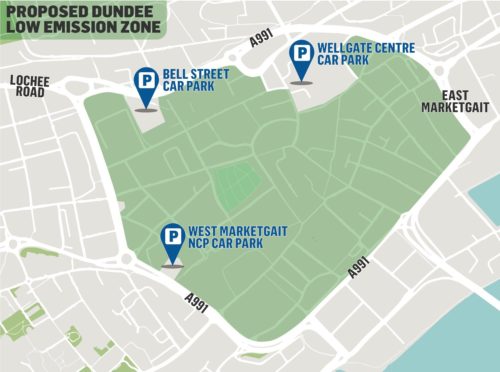
Three car parks along the periphery of the zone are exempt – the Wellgate Centre, West Marketgait and Bell Street, which is currently closed.
Drivers wishing to use the Overgate Centre car park have to ensure their vehicle is allowed to enter the zone.
Despite high levels of air pollution there, Lochee Road is not part of the zone.
Will Dundee Low Emission Zone affect public transport?
One of the goals of LEZ is to have fewer cars on the roads in city centres across Scotland, which would in turn make public transport more attractive.
For the most part, Xplore Dundee and Dundee’s taxi fleet are rising to the challenge of producing less emissions.
Most Dundee taxis run on electricity or are in the process of upgrading, while Xplore’s large bus fleet is heading the same way.
Why has Dundee LEZ been introduced?
The idea is to stop polluting vehicles from entering the zone and to reduce air pollution.
In January, a Dundee University study revealed that children could be disproportionately affected by air pollution produced by vehicles.
It gathered data from almost 35,000 admissions to Dundee’s Ninewells Hospital over a 14-year period.
According to the World Health Organisation, air pollution contributes to around 6.7 million premature deaths per year.
Children may also be at a higher risk of hospitalisation at lower levels of NOx pollution exposure than adults due to the increased susceptibility of immature lungs.
The findings also suggest that children’s tendency to be outside more frequently than adults increases their exposure.
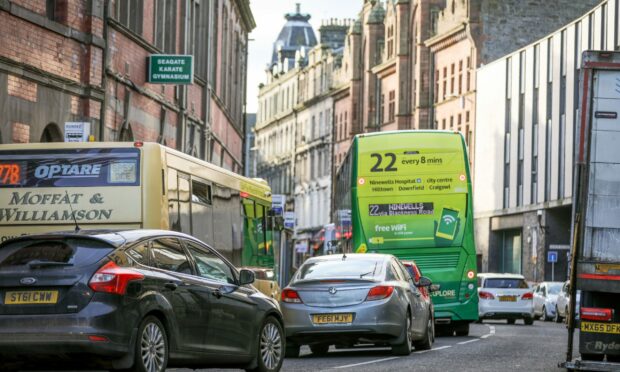
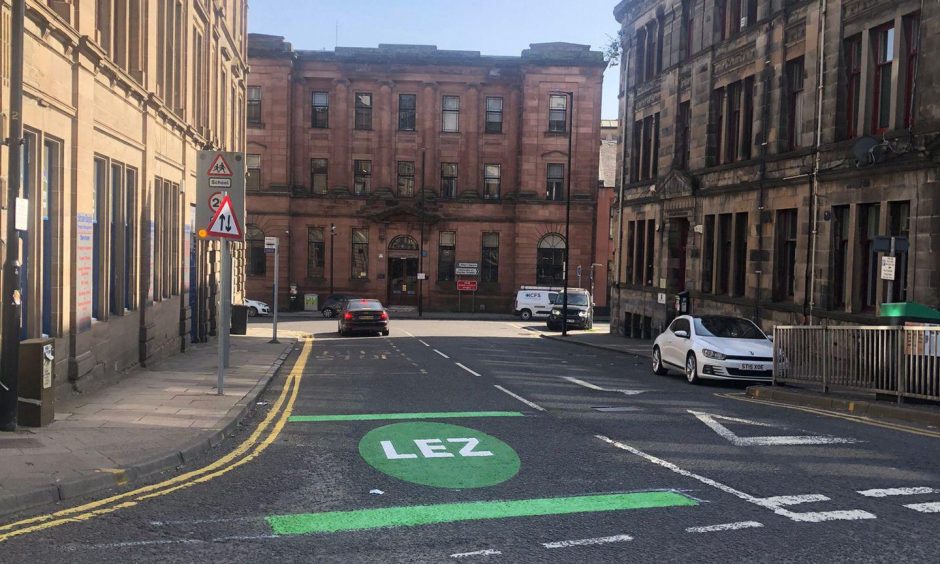

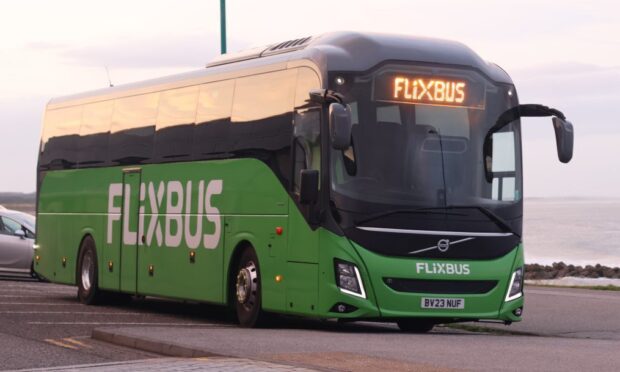
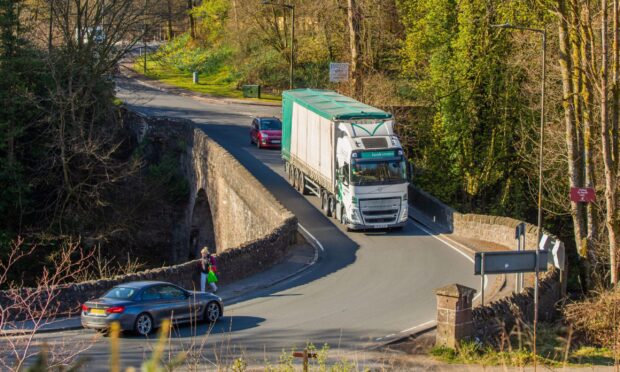
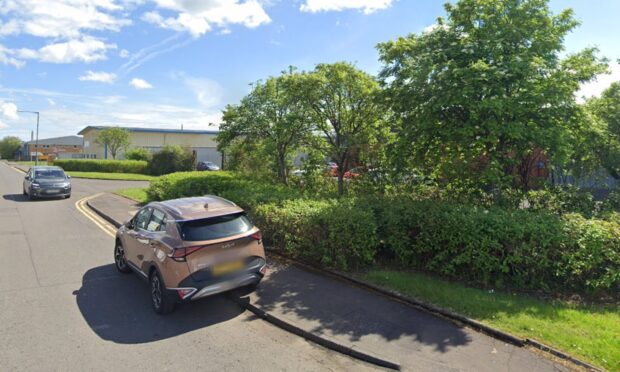







Conversation